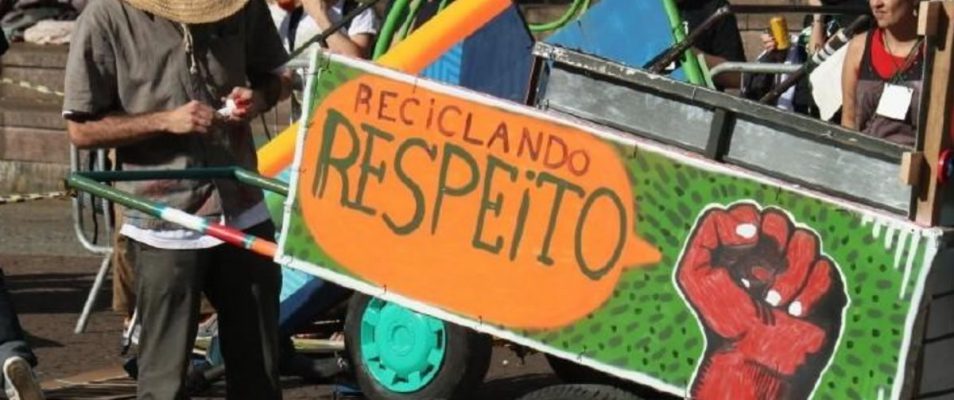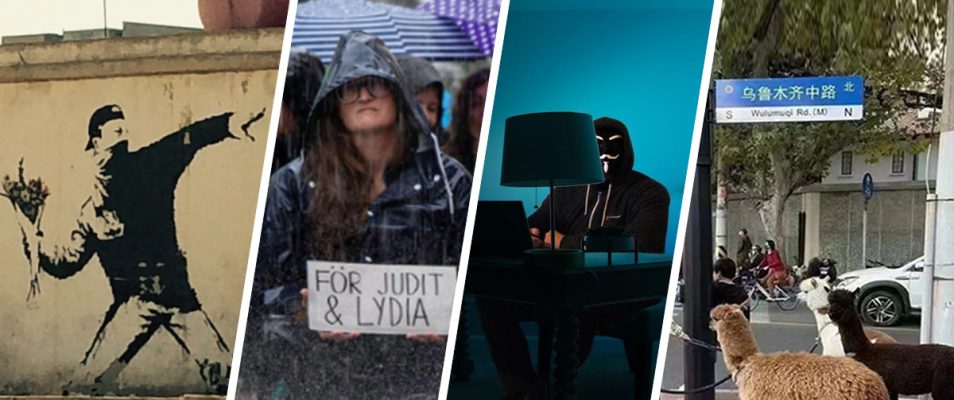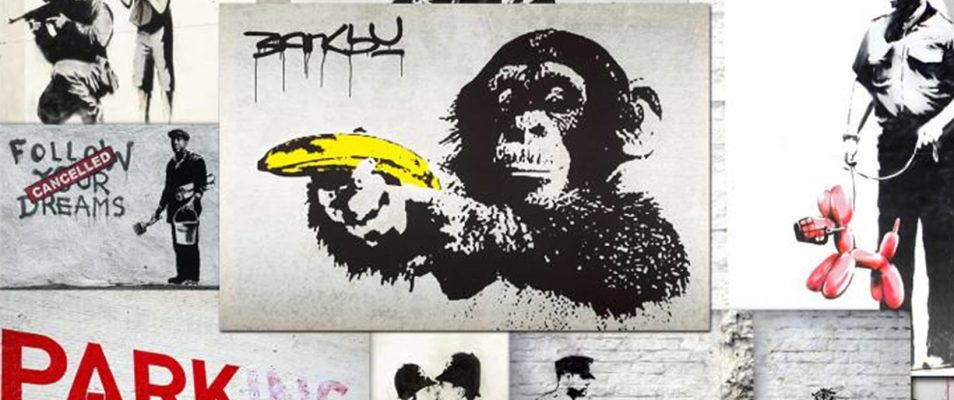Artivism, street art and the Global Impact of “Pimp My Carroça”
The essence of street art is to appeal to many people given that it is a form of art done in public areas, which may be perceived as unusual. Diverse art forms, like graffiti, and stencil, which are the ones I am approaching in this post with the “Pimp My Carroça” project, contribute to the vibrant and ever-evolving nature of street art, transcending linguistic boundaries and expressing opinions on poverty, war, environmental pollution, and other important global issues.




